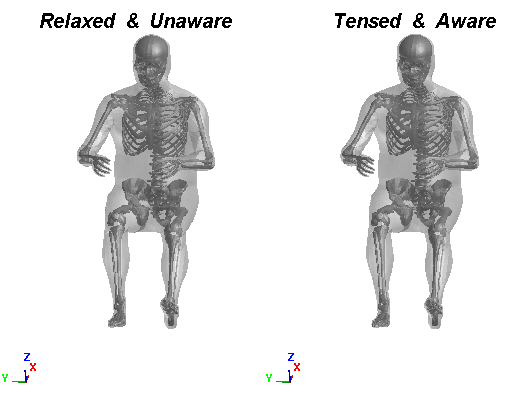Overview
Pacific ESI has extensive expertise in modelling the crash and impact mechanics of road, rail, air, sea vehicles for vehicle crashworthiness and occupant safety moving beyond the complex dynamics of the mechanics of the vehicle crashing but to include the occupant as well. The design of vehicles and safety devices for occupant safety rely on the use of crash test dummies that adhere to defined performance standards. Finite element models of crash test dummies, such as the Hybrid III, FAA Hybrid III and THOR, can be employed for simulations of any desired type accident scenario.
With research organisations, we are also involved in the development of human models to capture more realistic human kinematics to better predict injury risks and mechanisms. Our current human body development work involves the incorporation of active behaviour to the body joints in the human model. The active joints aim to simulate the response of the human in various states of awareness and muscle tensing. As an example, an unaware vehicle occupant will be relaxed with delayed reflexes during an accident. However, an occupant that is aware of an impending crash would tense their muscles and brace themselves (which could also include changing their posture) and would reflexively try to correct their posture during the accident.

Searchable Keywords
- Occupant Safety
- Human body modelling
- Biomechanic
- Active joints
- VPS
- Vehicle crashworthiness
- Injury prediction